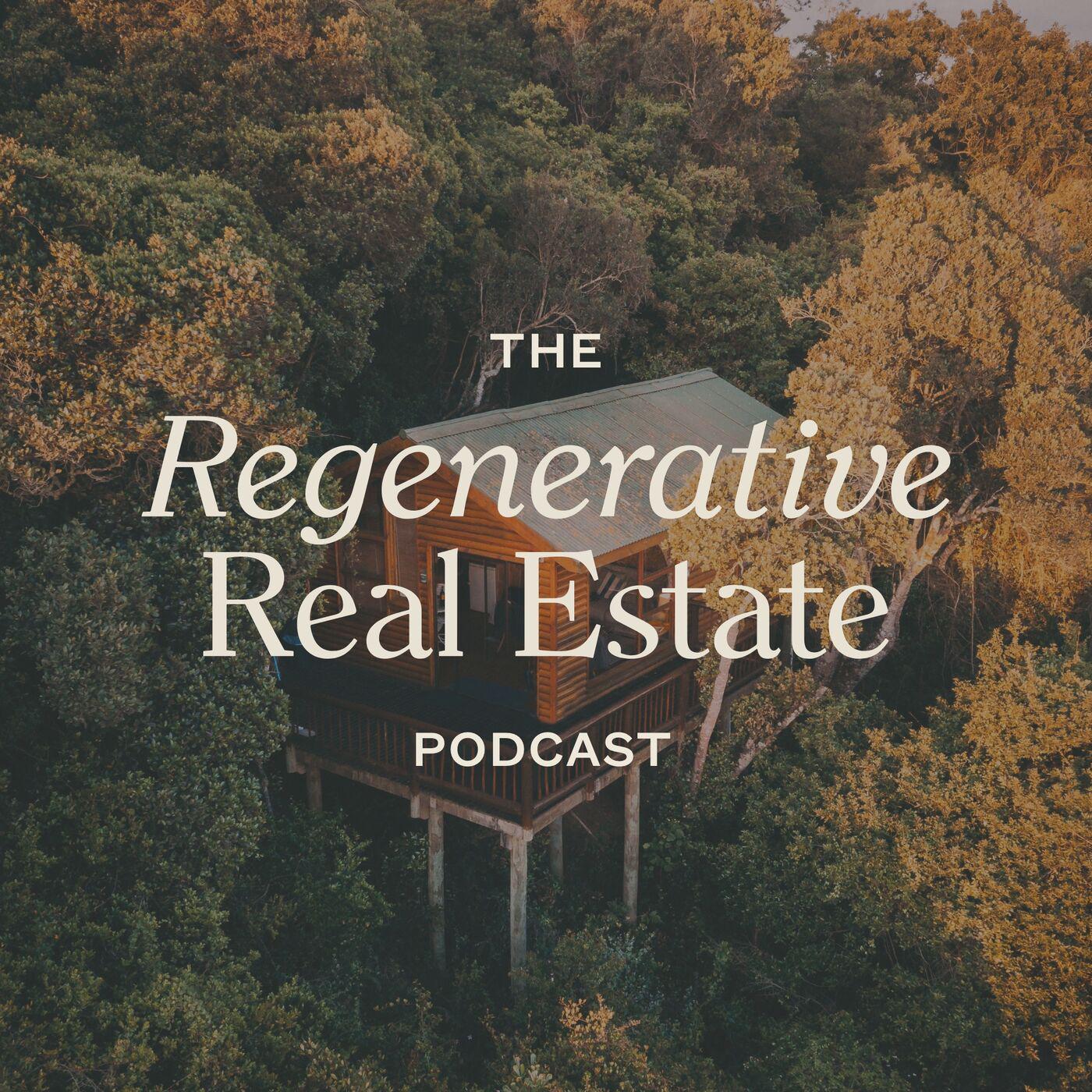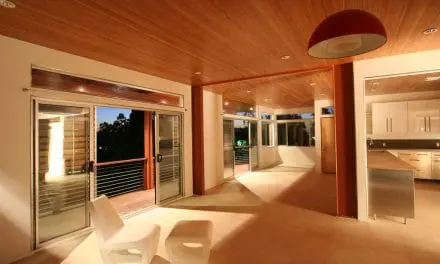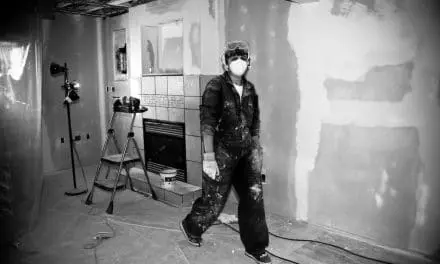Porching image by Tim Pierce licensed under CC BY 2.0, cropped and retouched.
The Regenerative Real Estate Podcast is a show about human environments and how they can be used as a force for good—conversations that educate and inspire people looking for a different way to do real estate. Brought to you by Neal Collins and Latitude Regenerative Real Estate.
Katie McCamant is an author, architect, and the co-creator of the term cohousing, a community of private homes clustered around shared communal spaces. In the 1980s, she and Charles Durrett literally wrote the book on the subject, Cohousing: A Contemporary Approach to Housing Ourselves. McCamant is now focused on promoting cohousing communities across the United States. She works with individuals interested in living in them and supporting professionals like developers and architects interested in building them.
McCamant and show host Neal Collins discuss how she discovered cohousing as a student in Denmark and became inspired to bring the concept across the Atlantic. In addition, they discuss the benefits to living in a cohousing community. By sharing in the design and development processes, residents create a tight-knit, inclusive group. Cohousing makes living sustainably easier and more affordable through collective action. And intentional site plans (not centered around cars) and shared ideals help knit the community together. Wellness, by promoting connection and combating loneliness, and sharing household equipment and family-care duties are important benefits.
McCamant notes that sustainable cohousing communities are generally around 30 homes of diverse sizes and are thriving in the West Coast, Colorado, and the Northeast. Shared responsibility for ongoing environmental initiatives and upgrades, like EV chargers, eases the burden on single individuals.
Promoting the cohousing concept
She also discusses ways that cohousing can be promoted throughout the country, especially by educating more everyday people and developers about benefits and best practices. For example, open houses and social media can prove the concept. Financing is made easier because usually a developer-partner is on-board and the development is already 75% pre-sold. Unfortunately, affordable housing is not currently a regular feature in US cohousing developments, but there is potential. Cohousing is a strong source for new, smaller housing for “the missing middle” and young families.
McCamant’s work can be seen at www.cohousing-solutions.com. Their 500 Communities Program is a 12 month, selective course designed to meet the expanding need for professional support in creating new cohousing communities. To learn more about cohousing in general, visit www.cohousing.org. Specifically, check out their online education sessions.
Some of the links in this article are affiliate links, meaning at no additional cost to you, we will earn a commission if you click through and make a purchase. Thank you for helping us continue to bring you great content.
The Regenerative Real Estate community is made up of individuals united in the desire to transform our relationship with place. They see tremendous potential to create reciprocity between people and place. In doing so, society can transition from extractive and exploitive toward resilient, flourishing, and just. Learn and be inspired by the transformation that is underway in homes and habitats that are in service to life.


![Creating Cohousing with Katie McCamant [PODCAST]](https://elemental.green/wp-content/uploads/2023/02/Flickr-Tim-Pierce-porching-c-rt-1280x640.jpg)






